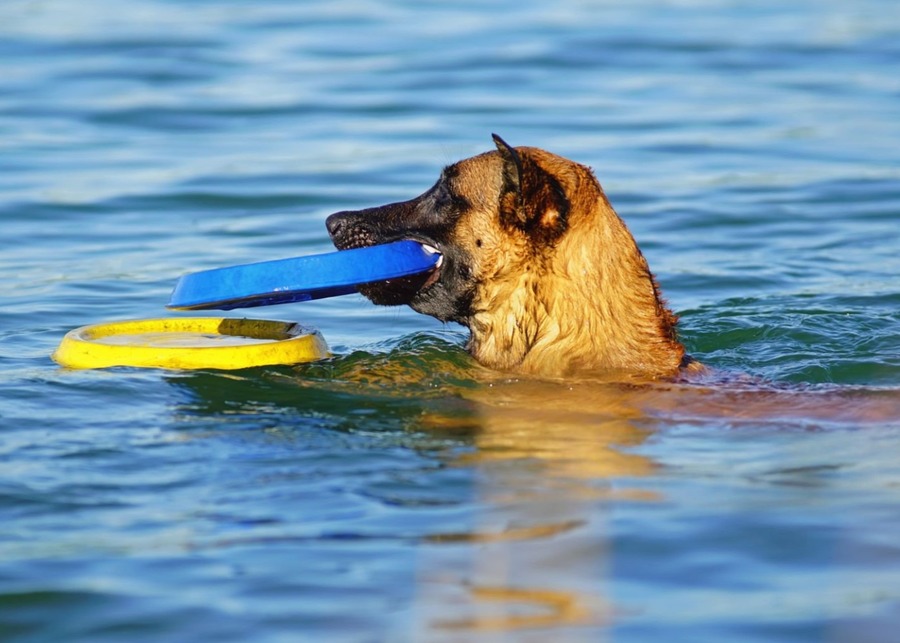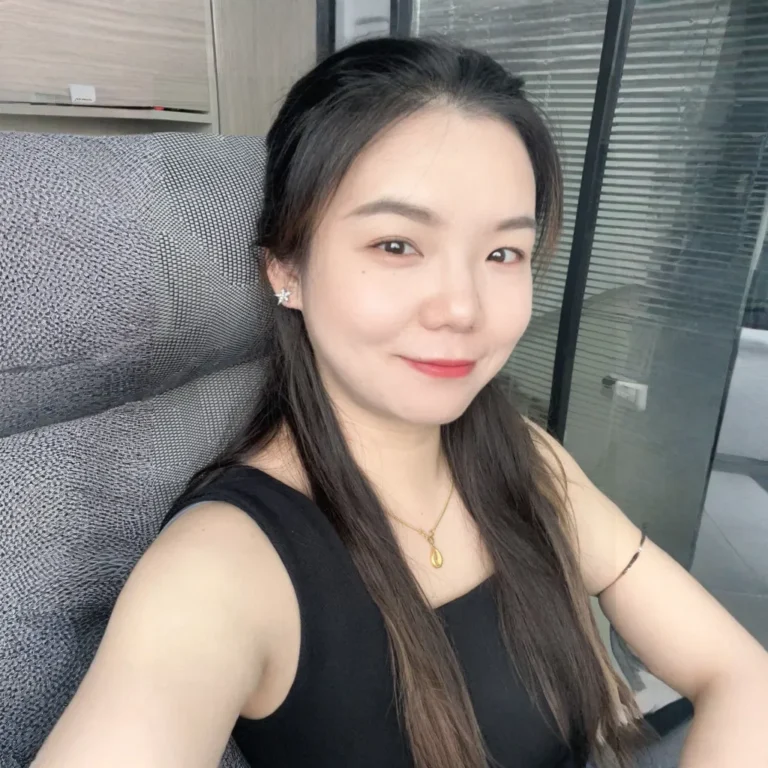Struggling to create a hit water toy? Watching competitors succeed while your products sink? As a manufacturer, I can tell you the engineering behind a bestseller is no accident.
A bestselling dog water toy is a calculated mix of smart material choice, buoyancy engineering for high visibility, and interactive features that use water’s properties to keep dogs engaged. It’s a product that solves a specific play problem, making it a must-have for owners.
A winning water toy isn’t just about floating. It’s about creating an experience. The difference between a shelf-warmer and a bestseller lies in the details of its design, materials, and function. After producing millions of pet toys for global brands, I’ve learned that success follows a clear pattern. This isn’t just a list of popular toys; this is a decision-making framework. I’m going to walk you through the manufacturer’s analysis we use to develop profitable, in-demand products. Let’s dive into the core elements that will define the market in 2025.
What Types of Dog Water Toys Are Dominating Sales?
Confused by all the toy options on the market? Unsure which types actually sell and create profit? We’ll show you the categories that are winning right now.
The top sellers are not just simple shapes. They fall into three key categories: Classic Chase toys for instinct, Multi-Sensory Interactive toys for lasting engagement, and Functional Chew toys that offer added benefits like dental cleaning.

To build a bestseller, you first need to understand the market landscape. Simply listing "balls and frisbees" isn’t enough. As manufacturers, we see the sales data, and we categorize products by the core need they fulfill for the dog and owner. Based on our export data for North American and European clients, we see clear trends.
The Winning Categories
- Classic Chase Toys: These are your frisbees, buoyant sticks, and fetch balls. They succeed because they tap into a dog’s basic prey drive. Their value is in their simplicity and their ability to be thrown long distances. The key to innovation here is in material and visibility.
- Multi-Sensory Interactive Toys: These are the rising stars. Think of toys with different textures, crinkle sounds, or rope elements for tugging. They keep a dog’s mind engaged for longer. Our manufacturing data shows a 35% increase in demand for this category over the last year because they offer a richer play experience.
- Functional Chew Toys: These toys do more than one job. They might have grooves to help clean teeth or a hollow center to hide treats. They appeal to owners who want more value for their money. This "one toy, multiple benefits" approach is a powerful selling point.
How Do You Engineer a Bestselling Dog Water Toy?
You see the top-selling types, but do you know how to actually make one? Feeling like success is just a matter of luck? I can assure you, it’s not luck; it’s a repeatable engineering process.
Engineering a bestseller follows a clear formula we use every day: Bestseller = (Market Insight + Material Science + User Experience Design) x Reliable Production. Mastering each part of this equation is the key to creating a product that consistently sells.

This formula is the foundation of our entire product development process. It turns a good idea into a profitable product. It’s the difference between guessing and knowing. Let me be clear: any factory can make a toy. A true manufacturing partner helps you engineer a success story. The next sections of this analysis will break down each variable in this formula. We’ll look at the materials that work, the design details that matter, and the features that create real engagement. This is the framework we use to guide our brand clients, and now I’m sharing it with you.
What materials are best for dog water toys?
Worried about choosing the wrong material for your product? Concerned about safety, durability, and cost? Let’s clarify the best options for both performance and profit.
The best material depends on your product’s goal. TPR offers great durability and customization. EVA is lightweight and cost-effective for floating toys. Natural rubber is a premium, eco-friendly option. Each has unique benefits for different designs.

The material you choose is the single most important decision for cost, safety, and performance. It’s a choice that directly impacts your final product’s durability and your customer’s satisfaction. After years of testing and production, we’ve learned which materials deliver the best results for water-specific applications. We help our clients make this decision using a simple matrix that balances their brand goals with manufacturing reality.
Material Decision Matrix
| Material | Key Benefit | Customization Cost | Customization Friendliness |
|---|---|---|---|
| TPR | Durable, Bite-Resistant, Easy to Mold | Medium | High |
| EVA Foam | Extremely Lightweight, High Buoyancy | Low | Medium |
| Natural Rubber | Eco-Friendly, Premium Feel, Tough | High | Medium |
| Oxford Fabric/Plush | Great for Multi-Texture, Good Grip | Medium | High |
Choosing the right one is about strategy. Are you building a premium, eco-conscious brand? Natural rubber is your answer. Are you developing a value-focused, highly buoyant fetch toy? EVA is the perfect fit. Our job is to guide you to the material that aligns with your market position and price point.
Why is Buoyancy Engineering a Critical Design Factor?
Do you think any toy that floats is good enough? Wonder why some toys get ignored by dogs in the water? The secret isn’t just about floating, it’s about how it floats.
Buoyancy engineering is crucial because it directly impacts play success. A well-engineered toy floats high for visibility, is shaped for easy pick-up by a swimming dog, and maintains a stable, predictable position in the water.

We don’t just make toys float; we engineer their buoyancy. This is a level of detail that many manufacturers overlook, but it’s what separates an average toy from a great one. When a dog is swimming, its line of sight is very low to the water. A toy that floats too low can disappear behind small waves, causing frustration and ending the game. We break down buoyancy into three key areas of performance.
The Pillars of Buoyancy Engineering
- High-Visibility Floating: The goal is for at least 50% of the toy to remain above the waterline. We achieve this by combining lightweight core materials, like EVA, with specific shapes that displace more water. We always pair this with high-contrast colors like yellow, orange, or bright blue that stand out against water.
- "Canine-Ergonomic" Design: How a toy sits in the water matters. A dog needs to be able to easily grab it with its mouth while swimming. We design toys that have an edge, handle, or shape that naturally sits up out of the water, providing an easy target for the dog to bite and retrieve.
- Stable Water Entry: A well-designed toy will land in the water and immediately orient itself correctly. It shouldn’t tumble or sink unpredictably. This stability makes the game more reliable and fun for both the dog and the owner.
What Interactive Features Create Lasting Engagement?
Is your current toy fun for only a minute? Do you struggle to create a toy that dogs truly love to play with? The secret is to design features that are made specifically for the water environment.
Lasting engagement comes from features that use water to their advantage. This includes multi-functional shapes for different play styles, designs that create exciting splashes, and special textures that provide a secure grip even when wet and slimy.

The most successful water toys are designed with the unique physics of water in mind. We call this "Scenario-Based Interactive Design." It’s about understanding how water’s properties—its buoyancy, its resistance, and its slipperiness—can be turned into features that enhance play. It’s not just about adding a squeaker; it’s about smart, purposeful design.
Scenario-Based Interactive Design
- Multi-Functional Form: The bestsellers often serve more than one purpose. We designed a toy for a client that combined a buoyant ball core with a durable Oxford fabric handle. It was perfect for throwing far, easy to spot and fetch, and the handle made it great for a game of tug-of-war right at the water’s edge. This "one toy, three games" approach provides huge value.
- Splash-Motivation Design: The sound and sight of a big splash is a powerful motivator for a dog. A smooth ball slips into the water quietly. But a toy designed with grooves, fins, or channels will create a much bigger, louder "PLOP!" This sound acts as a strong audio and visual cue, signaling "the game is on!" and making the toy far more exciting to chase.
- Aquatic Grip Texture: In water, everything becomes slippery. A toy that a dog can’t hold securely is frustrating. We design toys with deep, patterned textures. These channels give the dog’s teeth something to lock onto, and they also help the owner get a firm, non-slip grip when grabbing the toy from the water. It’s a small detail that makes a huge difference in the quality of play.
How Does a Unique Design Go From Concept to Market?
Do you have a great idea for a water toy but no idea how to make it real? Have you been frustrated by suppliers who can’t execute your vision? We turn innovative concepts into market-ready products every day.
Taking a concept to market involves a clear ODM (Original Design Manufacturing) process. It starts with your vision and moves through collaborative design, material selection, rapid prototyping, rigorous testing, and finally, full-scale, quality-controlled production.
Let me tell you about a client of ours, we’ll call him Mark from Australia. Mark owned a successful pet brand but saw a gap in the market. He noticed that most water toys were simple fetch toys. He had a vision for a multi-functional toy that was better for tugging, easier to grip, and more engaging than anything else available.
His previous suppliers told him his design was too complex. They couldn’t combine the materials he wanted. That’s when he came to us.
Our ODM process brought his idea to life:
- The Partnership: We listened to his vision. We didn’t see problems; we saw an engineering challenge.
- The Process: We applied our Bestseller Formula. We helped him select a durable Oxford fabric exterior with a buoyant TPR core (Material Science). We designed a special non-slip handle and "splash fins" (User Experience Design). We created 3D models and then physical prototypes in just a few weeks.
- The Testing: We tested the prototypes for buoyancy, durability, and grip (Reliable Production). We sent samples to Mark, he tested them with his own dogs, and we made minor adjustments based on his feedback.
- The Triumph: Six months after our first conversation, Mark launched his "Aqua-Tug Fetcher." It solved the exact problems he identified in the market. It became a bestseller and a signature product for his brand, creating a new and profitable revenue stream. This is the power of a true manufacturing partnership.
Conclusion
A bestselling water toy is not an accident. It is engineered with market insight, material science, and a deep understanding of how dogs play. We are here to help you build that success.


